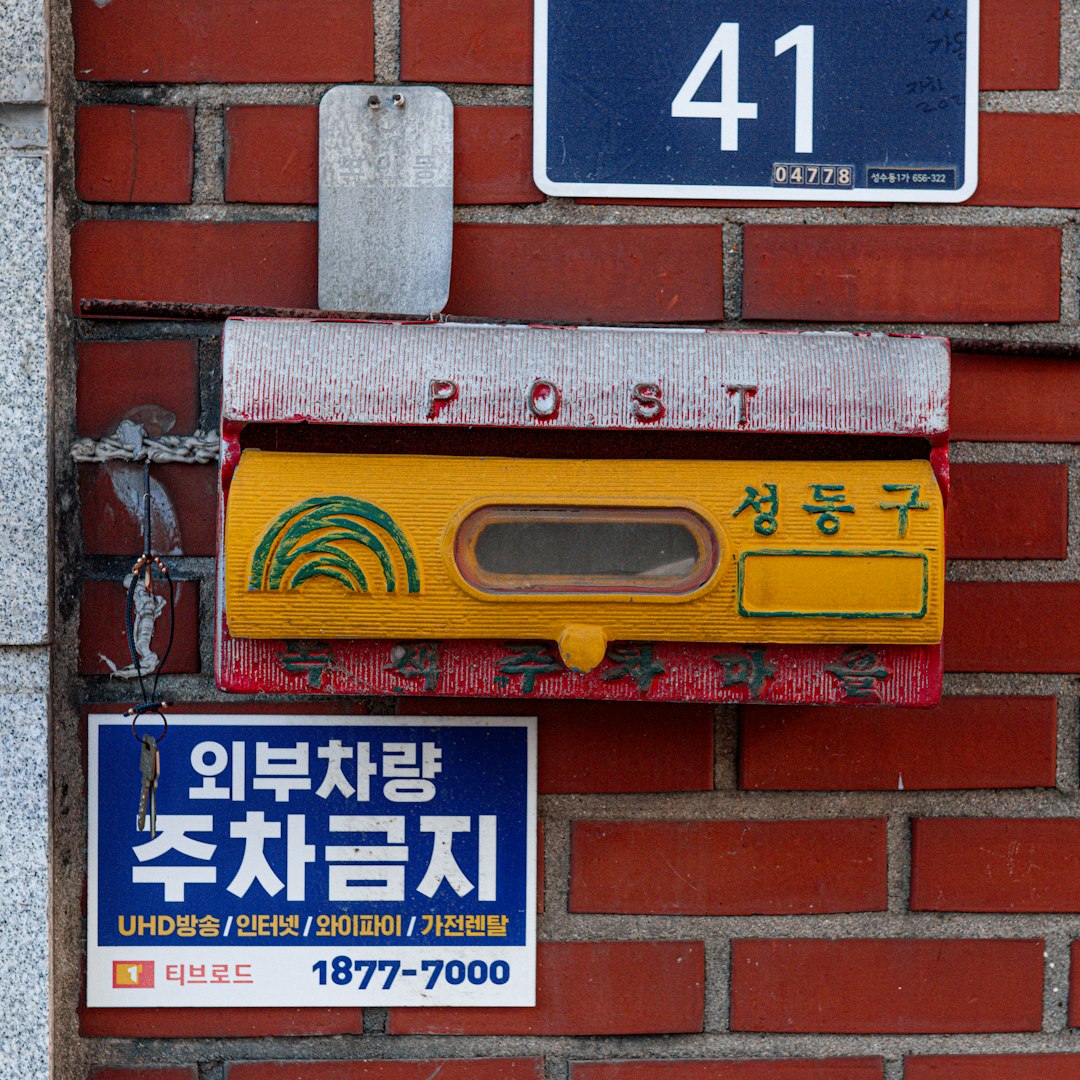Ever had a check get lost in the mail? Or waited weeks for a payment that should have come days ago? You’re not alone. These are common problems in accounts receivable. But there’s good news. One small thing can make a big difference—your “Remit To” information.
It’s more important than you think. Let’s break it down in a fun and simple way.
What Is “Remit To”?
The “Remit To” address tells your customer where to send payments. It could be a physical address for mailing checks or an email for electronic payments. It sounds simple, but mistakes here can cost you time and money.
Why Does “Remit To” Matter So Much?
- If it’s unclear, payments get delayed.
- If it’s wrong, payments get lost.
- If it’s outdated, you’re chasing checks for days—or weeks.
Getting your money should be the easy part. But if your “Remit To” details aren’t perfect, you’re creating a payment maze.
Best Practices to Perfect Your “Remit To”
Don’t worry—this doesn’t mean extra work. Follow these best practices and make payment delays a thing of the past.
1. Be Clear and Consistent
Your “Remit To” information should be identical everywhere:
- Invoices
- Purchase Orders
- Contracts
- Email Signatures
Why? Because your customer might grab payment details from any of those places. If they don’t match, confusion happens.
Imagine your invoice says “Suite 100” but your contract says “Room 1A”. That tiny mismatch can mean a big delay.
2. Make It Stand Out
Don’t bury the “Remit To” info in small text or at the bottom of a form. Highlight it.
- Use bold or larger font.
- Add a colored box or border.
- Put it in the header or top-right corner of the invoice.
The goal is to make it impossible to miss.

3. Offer Multiple Payment Methods
Some customers love mailing checks. Others prefer ACH or credit card.
Give them options:
- Mail: Include your correct mailing address.
- Email: Add your AP email for digital payments.
- Bank Info: Send secure ACH details if requested.
By giving options, you help payments flow faster.
4. Keep It Short and Sweet
Don’t write a paragraph. Keep your “Remit To” section simple:
Remit To: John Smith Consulting 123 Business Lane, Suite 400 Finance City, ST 54321
For electronic payments, add something like:
For ACH: Bank: Main Street Bank Acct: 123456789 Routing: 987654321
And remember—use secure methods when sharing bank info!
5. Confirm It Often
Has your address changed? New accounting contact? Update your info on every document, especially invoices.
And every once in a while, check that your customers have the newest version. Ask them directly:
“Hey! Just checking in—do you have the most up-to-date payment info for us?”
6. Add “Remit To” to Your Email Signature
Email is how we talk to clients. So why not include your “Remit To” there too?
Thanks, Jill Carter Accounting Manager ABC Widgets Remit To: ABC Widgets 456 Invoice Blvd, Box #123 Numbersville, NY 12345
It’s an easy win to keep that info in front of your customers.
7. Use a PO Box for Mail Payments
PO boxes are more secure than physical office addresses. They also don’t change when you move offices.
If you receive a lot of checks, a PO box can reduce the chance of lost mail.

8. Get Digital When You Can
Let’s face it: checks are old-school. They’re slower, easier to lose, and harder to track.
If you can, encourage customers to pay digitally. Add this line to your invoice or email:
“For faster payment, we accept ACH and bank transfer. Contact us for details!”
Over time, more of your payments will come faster, with less chance of error.
9. Include Attention to Detail Instructions
Sometimes payments land in the wrong department, even within your company. Especially in large ones!
Add a line like this:
“Attention: Accounts Receivable”
Or
“Include invoice number and customer ID with all payments.”
The extra clarity goes a long way.
10. Train Your Team
Your sales reps, account managers, and admins all send documents to customers. Make sure they know the correct “Remit To” info to include in every communication.
Maybe create a cheat sheet with the official language. Like this:
Please send payments to: XYZ Solutions PO Box 5555 Payville, TX 77777
Consistency across the board helps eliminate confusion.
What Happens When You Don’t Follow Best Practices?
It’s not just annoying—it costs you.
- Checks mailed to old locations
- Delayed cash flow
- Accounting headaches
- Customer frustration
Even worse? You waste time tracking down payments you should have already.
Strong “Remit To” practices stop all that before it starts.
Create a Standard Template
Build a document template that always includes:
- “Remit To” address in bold
- Payment options clearly listed
- Instructions for including invoice numbers
This way, every invoice—no matter who creates it—has the right info.

Bonus Tip: Add a QR Code
Yep, we’re serious! If you use accounting software that allows digital payments, add a QR code to your invoice. Customers can scan and instantly pay online.
It’s quicker than typing in banking details. And it’s fun, too!
Wrap-Up: Make Getting Paid Easy
Your customers want to pay you. But mistakes in “Remit To” info confuse and delay them.
No one likes tracking lost payments. Or playing email tag to find a missing check. So help your customers help you. Use these best practices to streamline your process.
Simple. Clear. Consistent.
That’s the key to ending payment delays—for good.
